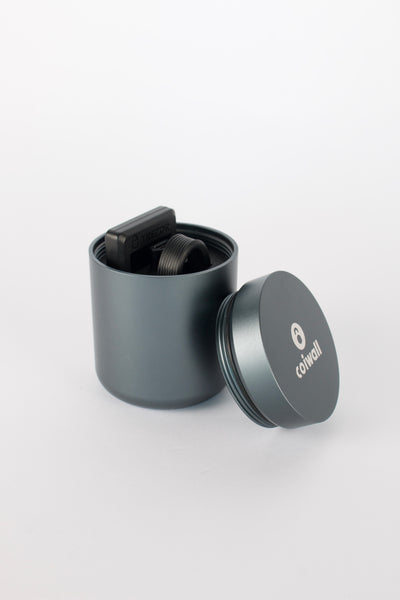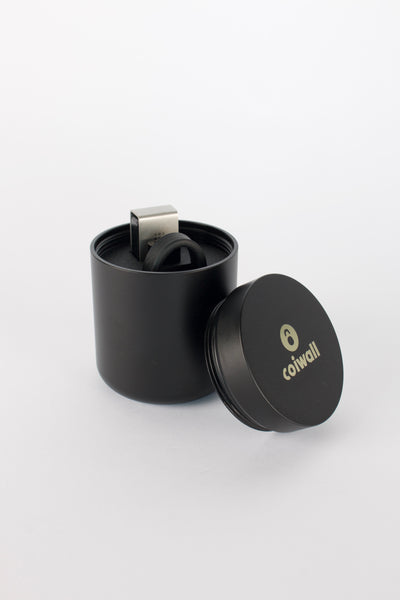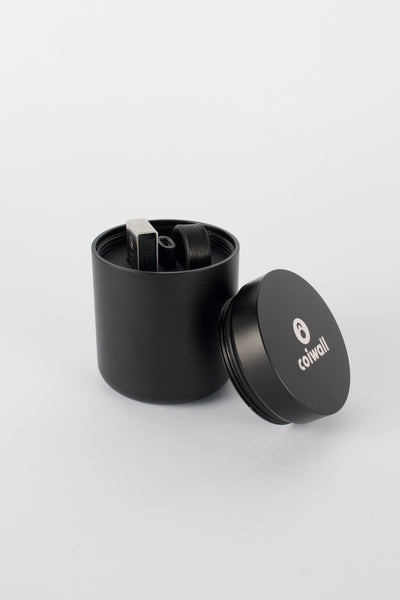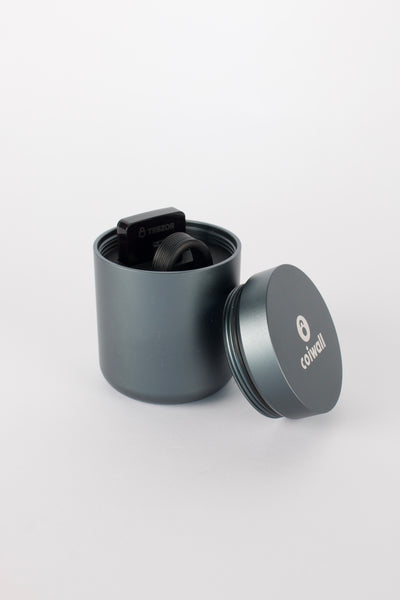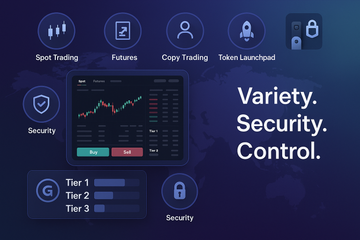Gate has been around long enough to feel like a familiar name in crypto. It is a large, centralized exchange with a reputation for huge coin listings, lots of trading modes, and a product menu that can make a power user smile. New traders still land there too, because the app is approachable. That sounds like a contradiction. Big and friendly. Yet with the right settings and a few security habits, it checks both boxes.
So, why Gate? Let me explain, piece by piece, and keep it practical.
What Gate actually offers, in plain terms
At its core, Gate is a crypto marketplace. You get spot trading for the usual majors and a sea of altcoins. You also get futures and margin if you want leverage. There is copy trading for those who prefer to follow strategies, and simple tools like recurring buys. On top, there are yield products where you lend, stake, or lock assets for rewards. If you like discovery, you will find token sales through the Startup launchpad, NFT trading, and a Web3 wallet gateway for on-chain activity.
It feels like a superstore. You walk in for BTC or ETH, you notice grid trading, then you see an IEO, then you peek at a memecoin pair that is trending this week. You know what? That mix is the appeal for many. One login, many paths.
Fees, tiers, and the GT token
Fees look complex at first, but they are simple once you see the tiers. Gate runs a maker and taker model for spot and futures. Your tier is based on 30-day volume and, in many cases, your holdings of the exchange token, GT. More volume, or more GT, usually means lower fees. Deposits in crypto are typically free. Withdrawal fees vary by network, which is standard across exchanges.
Holding some GT can reduce trading costs and unlock perks. For heavy traders, small percentage cuts add up. For casual users, it is less critical, though it is still handy if you plan to join Startup sales. As always, do the math. A discount is great, but only if you actually need the activity that qualifies for it.
Trading that feels familiar, with extras if you want them
The spot interface will not surprise you. Order book, chart, recent trades, limit and market orders. You can enable OCO orders for risk control. Futures trading adds isolated and cross margin, with a clean positions panel. Liquidity on major pairs is deep, which makes entries and exits smoother. On thin altcoins, liquidity can be patchy, so set your limits and avoid chasing candles.
Copy trading is popular on Gate because it lowers the learning curve. You follow a trader, allocate funds, and your account mirrors their moves. It sounds easy, but it still carries risk. Track record matters, but so does strategy fit. If you hate overnight exposure, do not follow someone who holds for weeks. That mismatch is how people panic-sell.
Automation without the headache
Gate’s grid and DCA tools are built for set-and-forget habits. Grid suits range-bound markets. DCA suits patient stackers. Use them when you have a thesis and a timeline. If you are guessing, they will not save you.
Security talk without the fluff
Centralized exchanges are convenience wrappers around custody. That is the trade. Gate uses a mix of cold and hot storage, publishes proof-of-reserves snapshots, and offers standard account protections. You get 2FA with authenticator apps, anti-phishing codes in emails, device and login alerts, and withdrawal address whitelists. Use them all. Seriously.
Now the honest part. No exchange is perfect, and no setup is bulletproof. If you hold long term, keep a chunk in self-custody. A hardware wallet like Ledger or Trezor reduces counterparty risk, which is the risk you take any time someone else holds your keys. Trade on Gate, withdraw to self-custody when you are done. That rhythm works well for a lot of people.
- Enable 2FA with an authenticator, not SMS.
- Turn on withdrawal whitelists, then wait out the cooling period.
- Set an anti-phishing code for emails.
- Review device logins weekly.
- Keep cold funds in Ledger or Trezor, keep hot funds on the exchange only for active trades.
KYC, regions, and the reality of rules
Gate serves a global audience, but rules vary by country. Some features may not be available where you live. KYC is a common requirement for higher limits and certain products. It can feel like a hurdle, although it is a compliance norm now. The simple advice is this. Check the legal pages, confirm what your region allows, and do not push it. Better to know before you wire funds or transfer a stack of tokens.
Startup, listings, and the thrill of discovery
Gate’s Startup launchpad is where new tokens meet early users. If you have never joined a sale, the process usually includes holding or committing assets for a time window, then receiving an allocation if you qualify. Token sales are exciting, and sometimes they spike. They can also lag for months. Do not treat them like guaranteed upside. Treat them like venture style bets with a smaller ticket and a longer wait.
The broader listings page is a window into crypto culture. Memecoin seasons come and go. Game tokens flare up when a title gains traction. Layer 2s, RWA plays, and restaking narratives take turns in the spotlight. Gate tends to list fast, which is great for access. It also means you must filter noise from signal. A whitepaper is not a product, and a trending hashtag is not revenue.
GateChain, GT, and the Web3 lane
Gate runs a broader ecosystem that includes GateChain and the GT token. GateChain focuses on security features and supports EVM style activity. You can bridge assets, use the Web3 wallet, and explore dApps within that lane. The point is not that you must use it. The point is you can stay within one family if you like the continuity. Fees and speed are competitive, and the wallet experience has improved over time.
On-ramps, off-ramps, and moving money around
Funding your account is straightforward with crypto deposits. Fiat on-ramps, where available, route through partners. Withdrawal fees depend on the chain. When stablecoins are involved, choose the network with low fees and strong support. Many traders pick networks like Tron or Arbitrum for cost, Ethereum mainnet for compatibility. There is no single right answer. Pick what matches your wallet stack and your gas budget.
One tip that saves headaches. Test withdrawals with a tiny amount first. Confirm it lands. Then send the rest. People forget this step, and it is such a cheap insurance policy against a typo or a chain mismatch.
Who Gate is good for
If you love variety, Gate fits. If you want a single app for spot, futures, copy trading, and early listings, it fits even better. If you need deep fiat rails or you live in a region with tight limits, you may find some friction. That is normal across many exchanges, not just Gate.
Beginners can start with spot, small amounts, and the learn section. Intermediates can try grid or copy trading with tight limits. Pros can lean on VIP tiers, API keys, and multiple subaccounts. The platform scales with your comfort, which is a nice arc.
Quick starter checklist
- Create your account, complete the required verification for your region.
- Set 2FA, anti-phishing code, and withdrawal whitelist on day one.
- Fund with a small deposit, practice a few test trades on spot first.
- Explore fees and tiers, decide if GT holdings make sense for you.
- Try automation with pocket change, not your main stack.
- Keep long-term assets on Ledger or Trezor, trade the rest.
A balanced take
Gate is big, fast moving, and packed with features. That can be thrilling, and it can be noisy. The trick is to set up your guardrails, pick a few tools that match your style, and ignore the rest until you need them. You will see new listings every week, new narratives every quarter, and a steady churn of social chatter. That is part of crypto’s rhythm. It is also why routine beats impulse.
Honestly, the best reason to use Gate is simple. It helps you trade what you want, when you want, with enough liquidity to do it cleanly. If you pair that with clear rules for yourself and a safe custody plan, you will find it a reliable hub for your day-to-day moves. And when the market gets loud, keep your circle small. A plan, a budget, a checklist. The basics still win.

